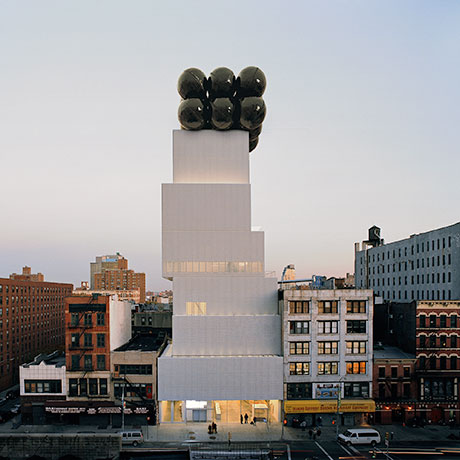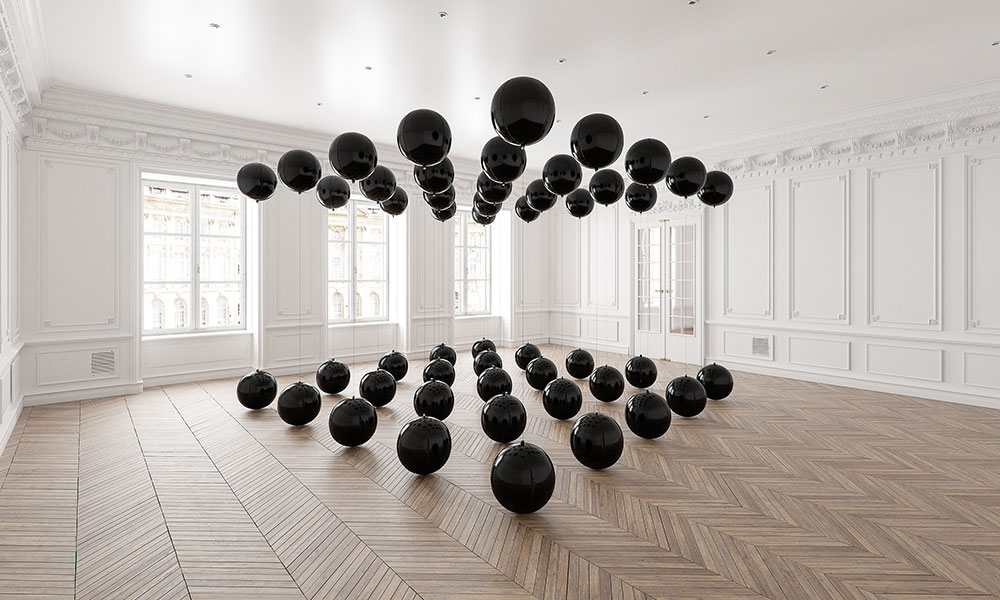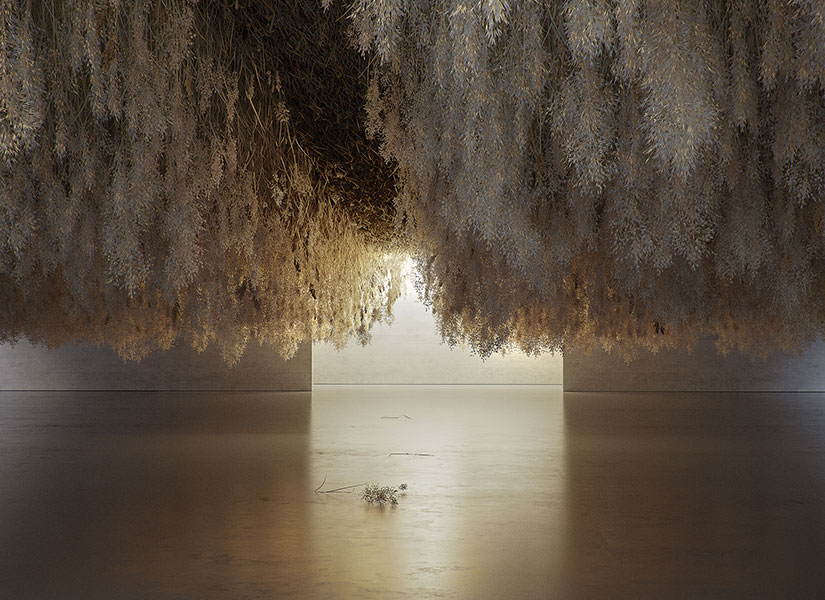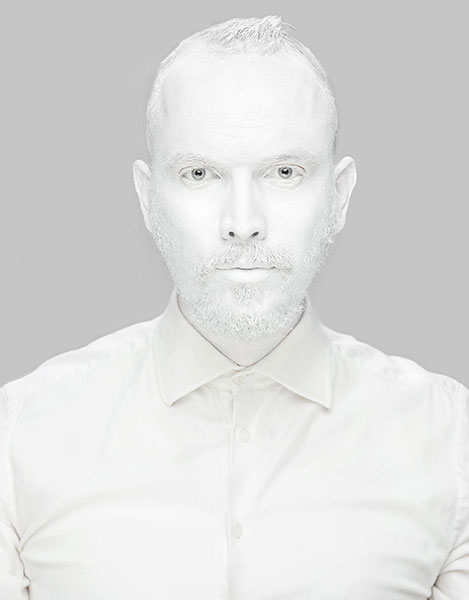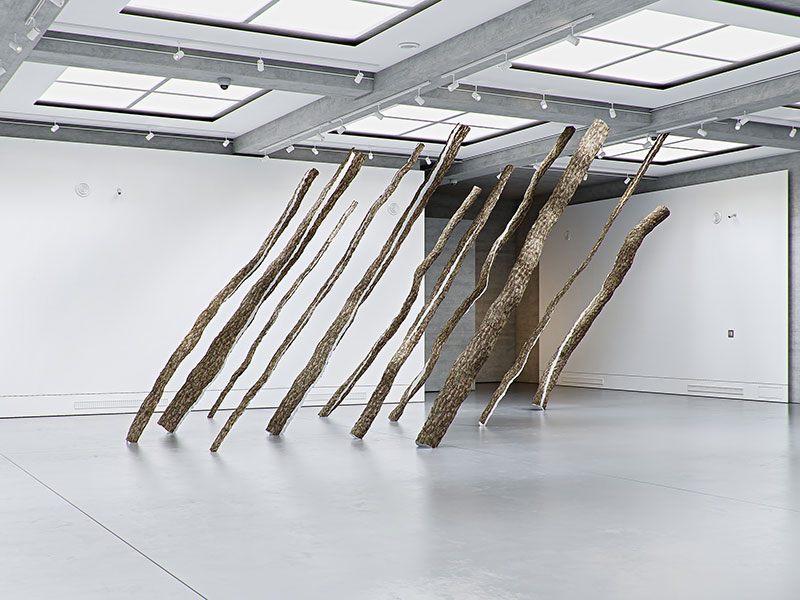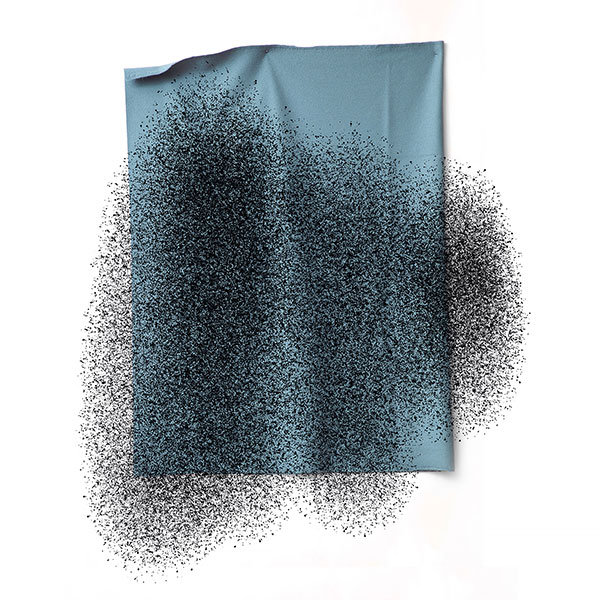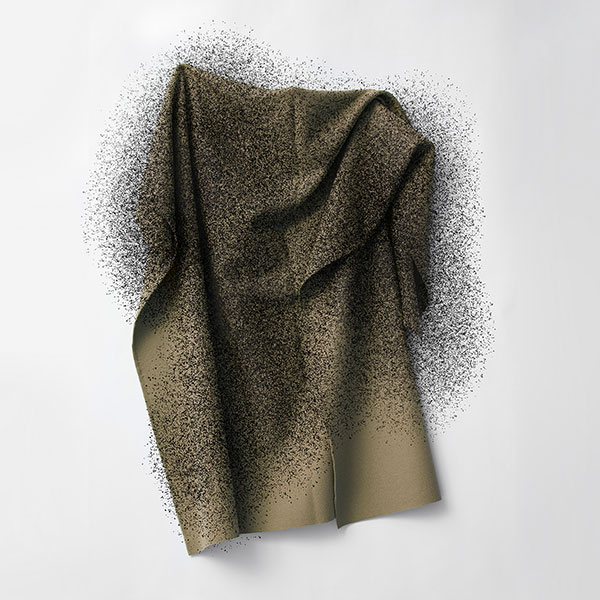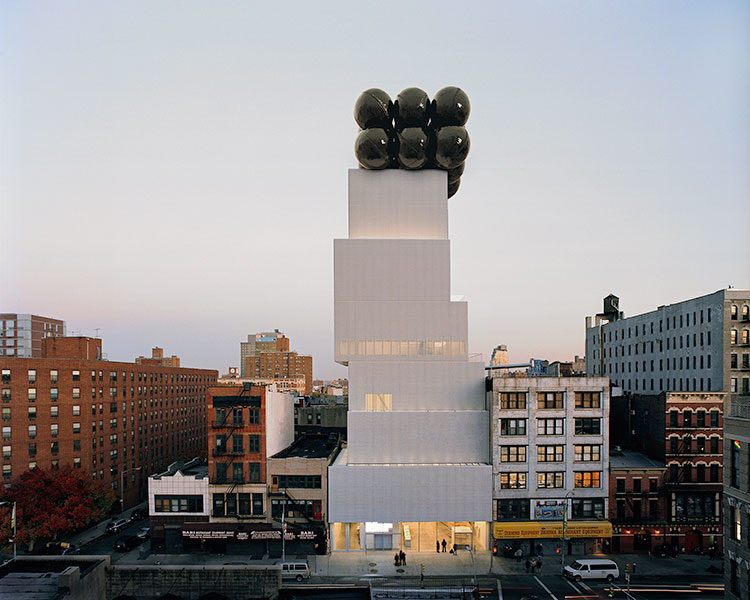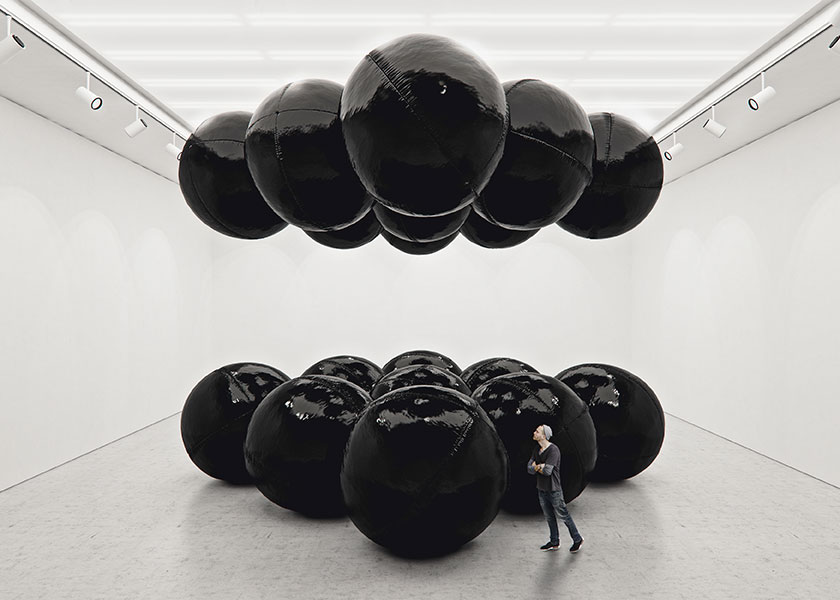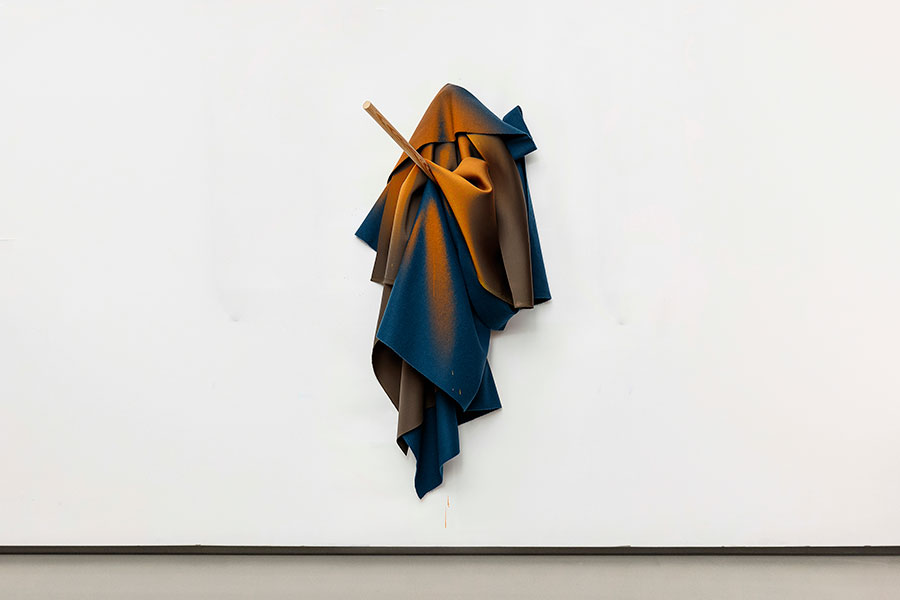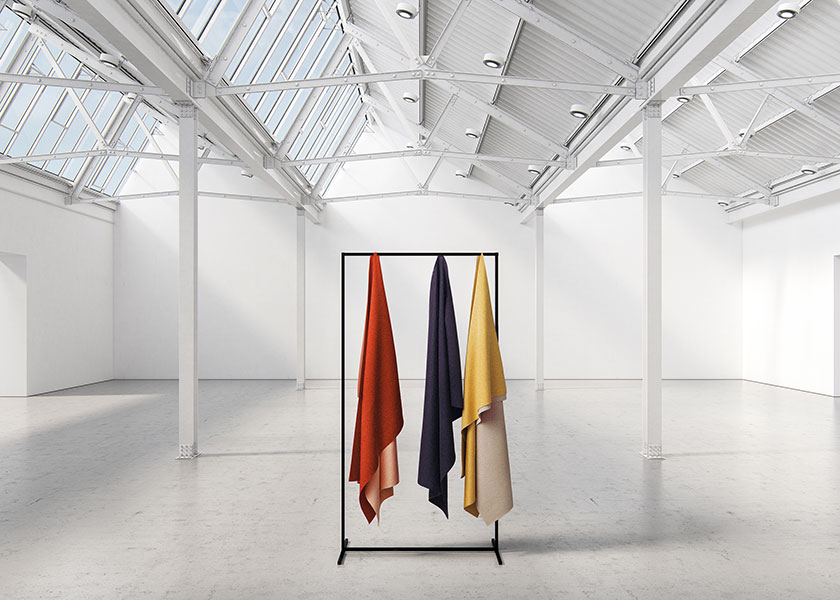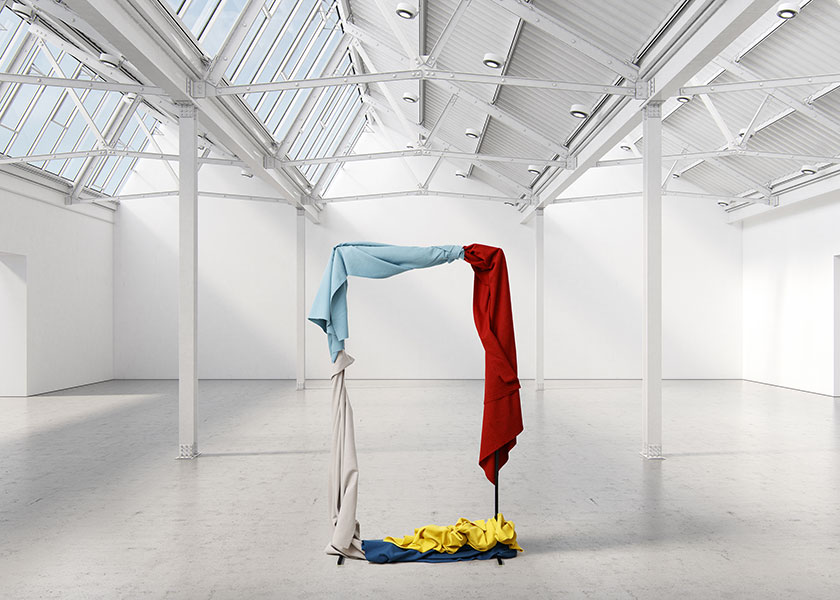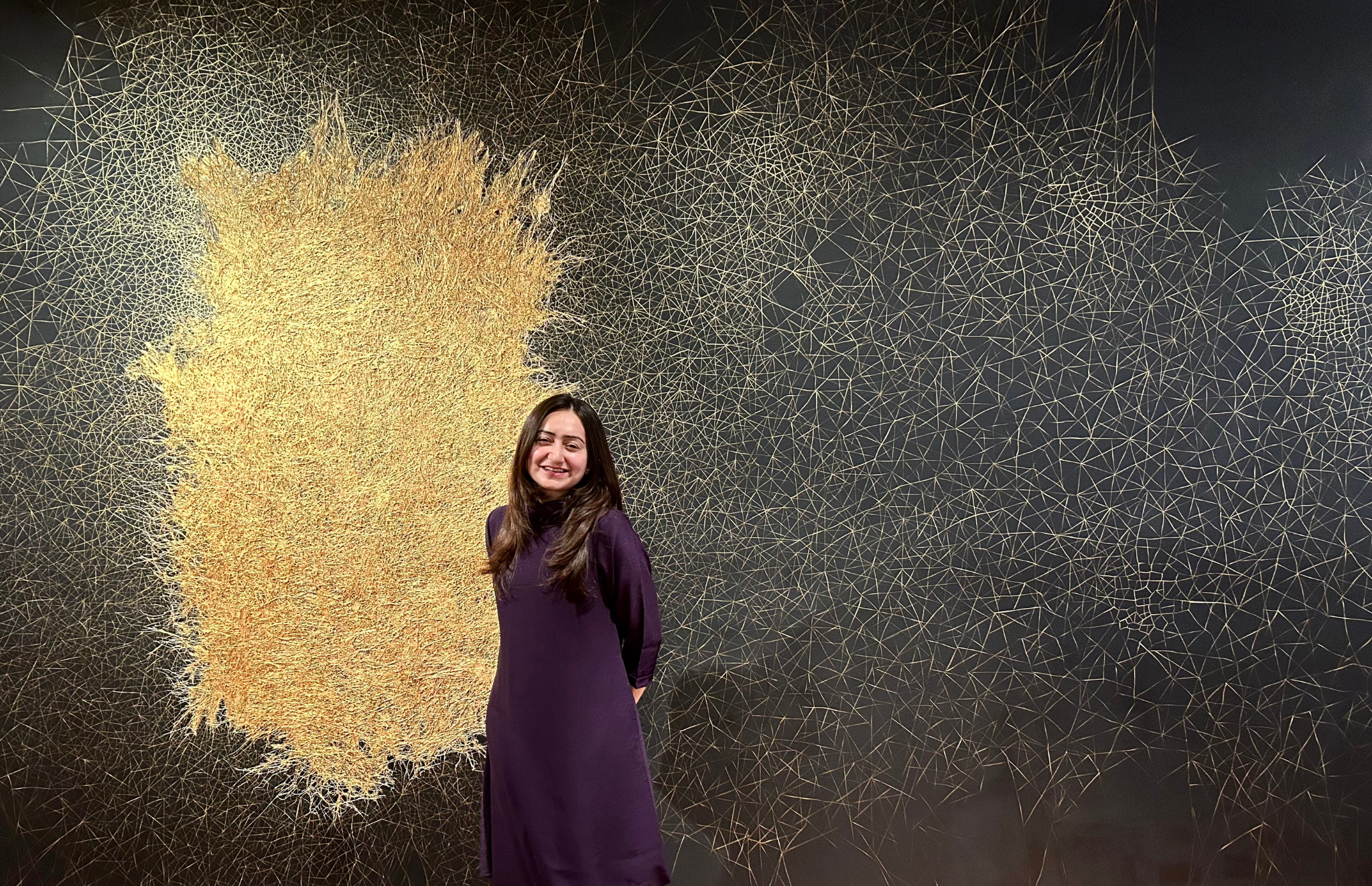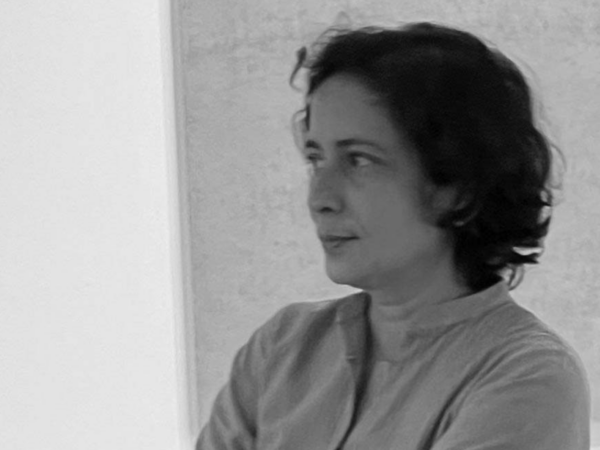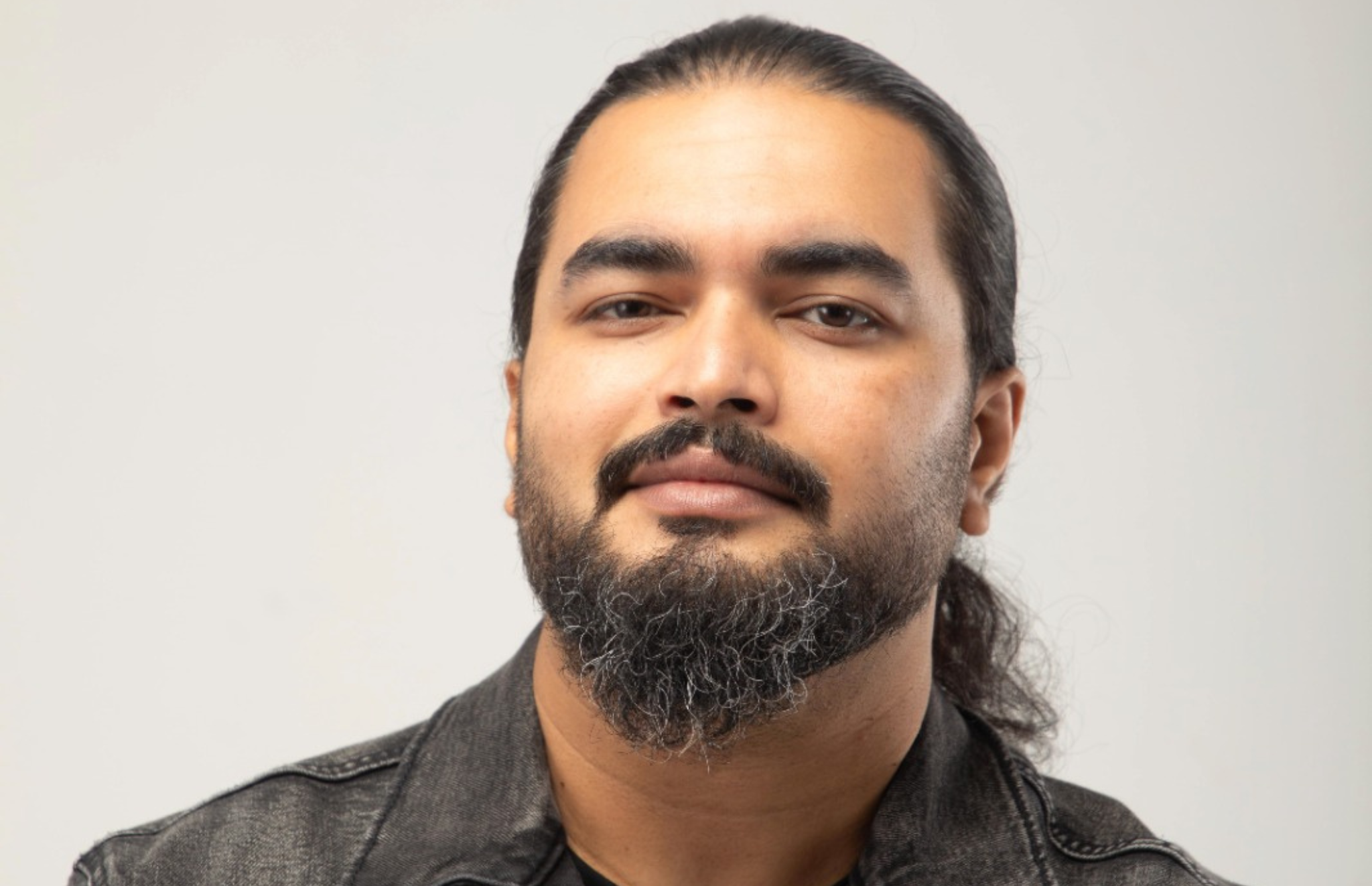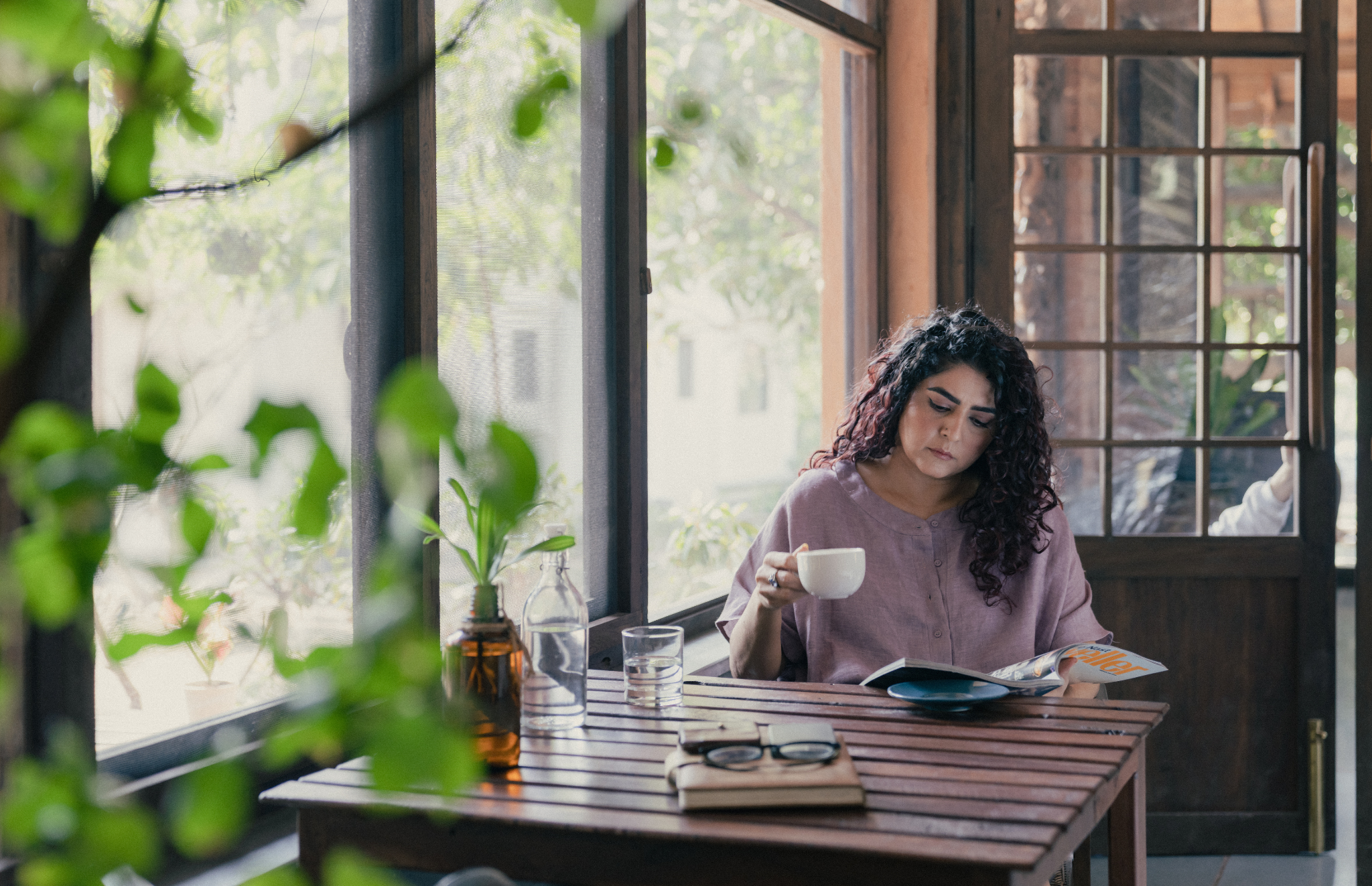Tadao Cern began his journey as an artist with his early education in Architecture. His deep interest in human behavior and habits in turn, became the periphery of his ideas that his works were to fall into, around and beyond. In his works he questions the affects of our actions and investigates the changes that are followed. He operates in a laboratory where creative thinking serves as a foundation for his experiments trying to envision our behavioral boundaries.
As an artist, he either documents, transforms, recreates, or gets rid of them.It is Tadao’s delight obligation to take mundane, banal objects or occurrences and strip them to their basic concepts which further works as a refreshment, helping him to find things that have been forgotten or taken for granted.
SP: Your installations are beautiful to look at. I am interested to know what the Politics of your aesthetics are.
TC: My creative style is very much affected by my architectural background as well: the process is systematic; all my artistic decisions are calculated and I’m always looking for the most ‘hygienic’ expressions so ideas would become as ‘clean’ as possible.
SP: Your installations have multiple layers of discourses evident in them, given your early education. I am interested to know how you decide on the medium of execution of your ideas.
TC: I’m very curious when it comes to mediums and type of it is a very big part of the play that I’m having while creating. Not being able to stick with one style or activity is the reason why I jumped from architecture to photography and contemporary art later on.
SP: You often use terms like ‘everyday objects/occurrences’ where you talk about ‘reintroducing them as art.’ I am keen to know what is the degree of the significance of the materiality of the object you use in your work? And what is the urgency of reintroduction?
TC: In my opinion, the surrounding world around us is very simple and limited. We just intend to stick different meanings and concepts to the same things, which makes everything quite complicated and we intend to get lost or overthink stuff. I try to use this to my own advantage – something banal and plain may become poetic just because it was introduced in a different context and vice versa.
SP: You mention the urge of producing ‘Hygienic expressions with clean ideas’ in your installations. What do you mean by Hygiene in Art? Are you suggesting that the nature of your work is deliberately and thoughtfully subversive or is it a result of the monumentality of your installations?
TC: By ‘clean and hygienic’ I mean that I don’t want to over complicate things, at least not for myself. There’s usually a topic that I want to talk about and I try not to mix anything else into it. The viewer has a full right to interpret things differently, but that becomes their own journey.It also comes to aesthetics as well – at the moment things need to be expressed simply and in the most clear manner possible. Maybe things will change in the future, but I do believe that this is a result of my architectural education, where things have to have clear functions, otherwise they become a burden.
SP: This intriguing expression further brings me to my next question. What is the role of monumentality in your installations?
TC: Monumentality is a synonym of an ego. I have one but I try to do my best not to make it the center of gravity in my practice. There are times when I fail and I am not very proud of it.
SP: Your installations are meant to be ephemeral. Would you like to elaborate on the ephemeral nature of your art works?
TC: At the moment my works usually are made of something very ‘fragile’, like balloons or dried grass and as a result, they are very temporary. As anything else around us. Nothing is forever and unchangeable, therefore thinking that you can preserve something is just a naive illusion and just a matter of scale. For that reason, I give more attention to ideas that have a tendency to last a little more and have a stronger impact compared to physical installations themselves.
SP: In your project titled “BB”, there are suspended balloons in the air in various ways. I am interested to know why colour black and what is the idea behind resorting to this particular colour.
TC: As mentioned before – everything is a tool and has a clear function, so the colour is no exception to that. And since I don’t have a need to express anything with it, because the project “BB(Black Balloons)” is only playing with form and composition, the chosen color option is as basic as possible – black.
SP: In your other project titled “Hanging Paintings” you have used materials like metal and wool where you talk about the obsolete nature of the used objects. Would you like to elaborate on the reason behind calling these assorted objects paintings? Is it another subversive take?
TC: Contrary to previously mentioned project “BB”, in “Hanging Paintings” color together with spacial strokes, play a very important role. These are defining things that build up a concept of a painting. The only thing that I have got rid of is a canvas which serves as your background to lay on colors. I’ve decided to use colorful hanging fabrics instead of paint because it added one more dimension to these compositions – temporality and a feeling of presence because they always change and these little iterations create a feeling of not being able to control the outcome.
SP: Would you like to tell us something about your upcoming project?
TC: Projects need to speak for themselves. Also, I don’t have a plan for what is coming next. That always catches me by surprise as well.
SP: Lastly, do you have any suggestions for the young art practitioners?
TC: I don’t feel qualified to give any type of advice, but if I had to say what I regret the most related to my creative practice, that would be me doing the things that I thought I had to do instead of the things that I wanted to do.
Image Courtesy: Tadao Cern, Comfort Zone
Find more about the Artist and the artworks:
http://www.tadaocern.com/about.html

